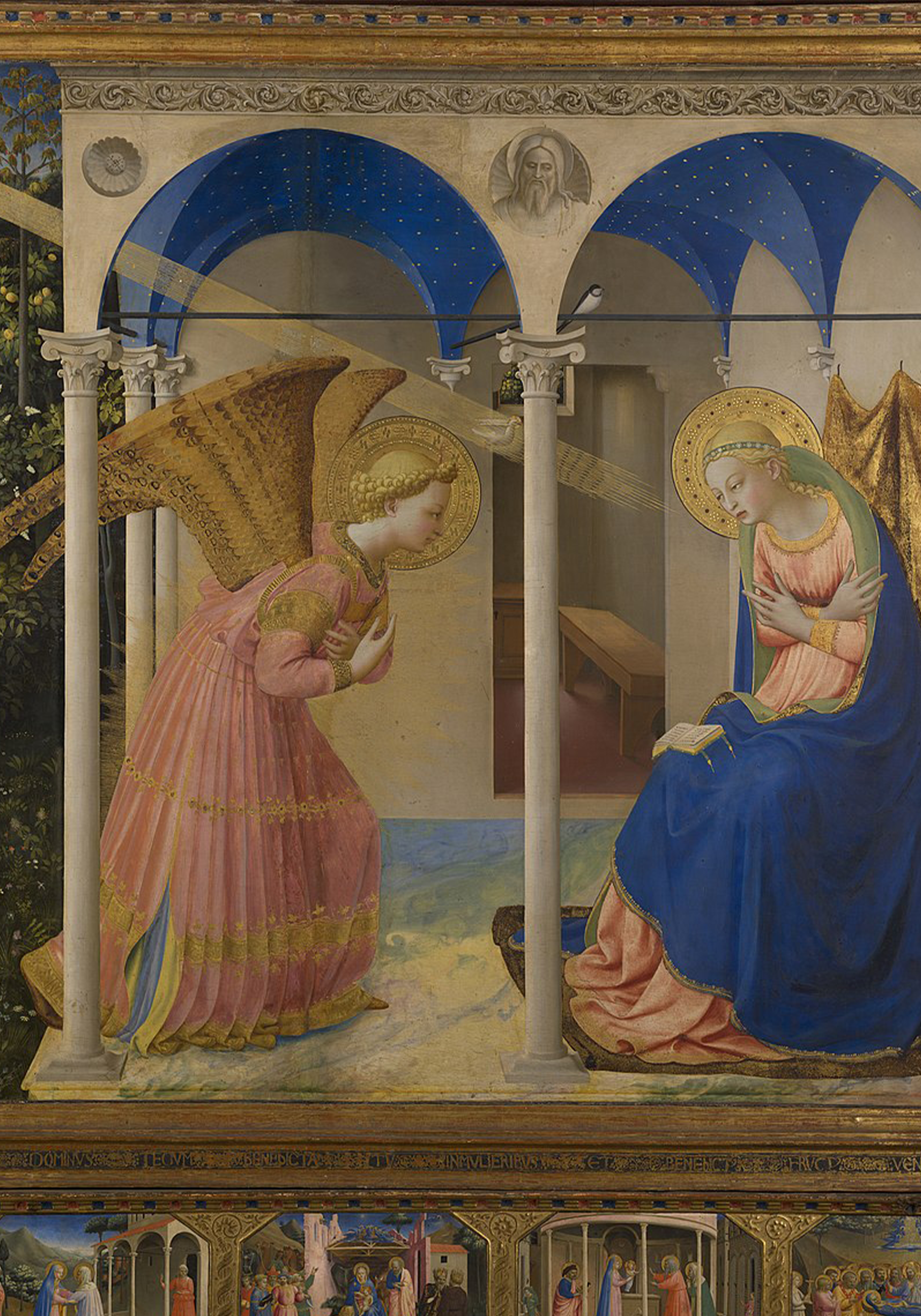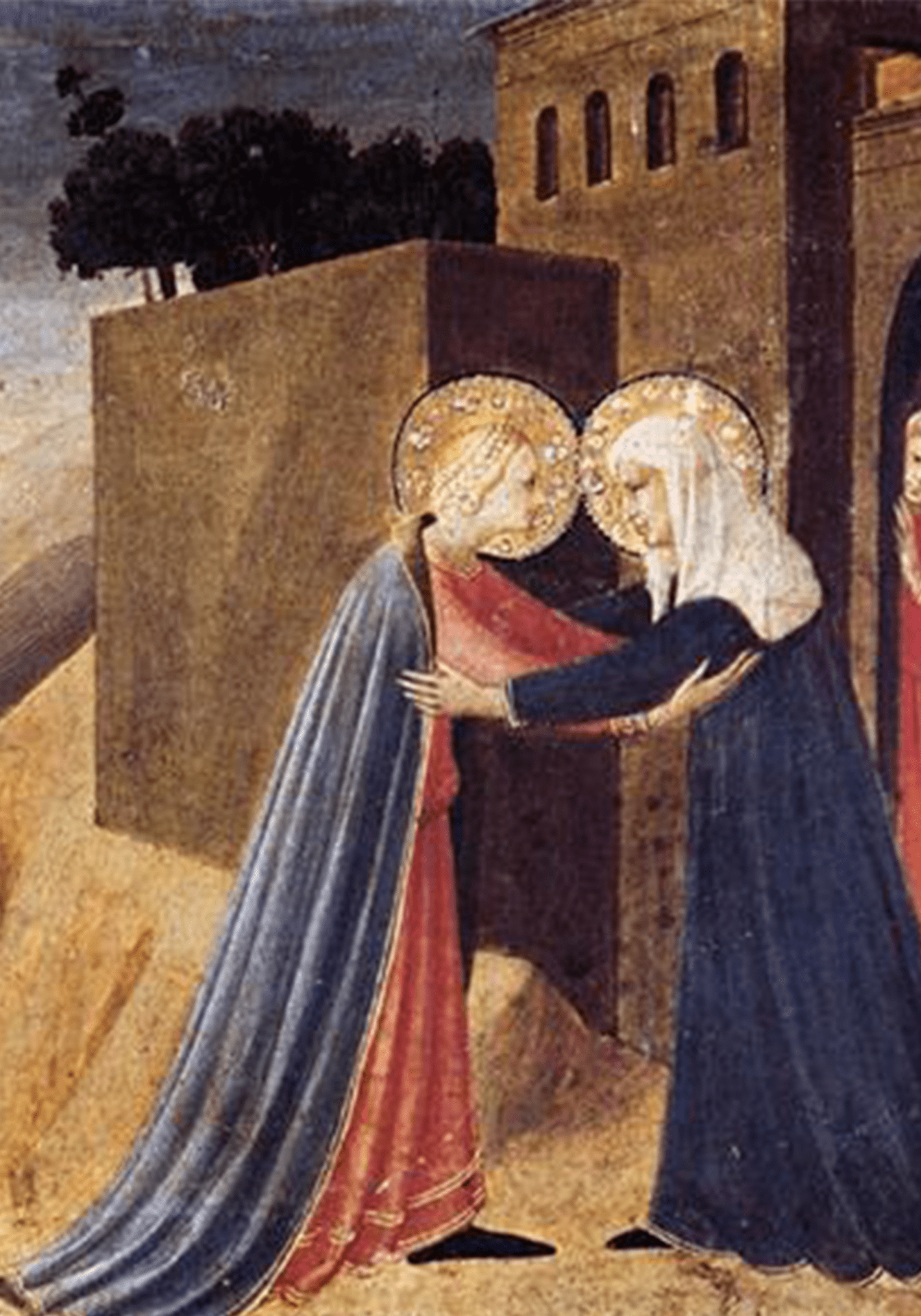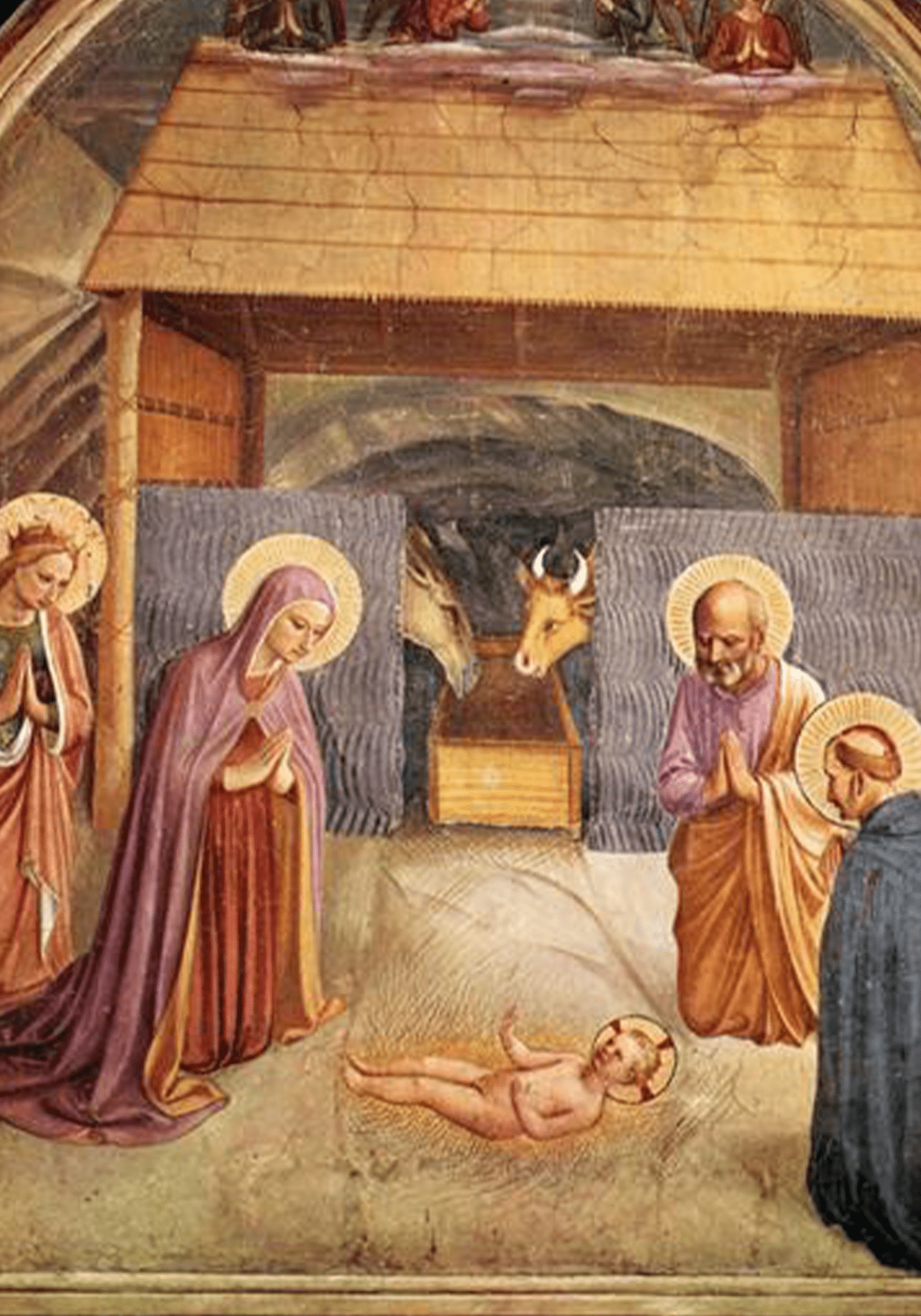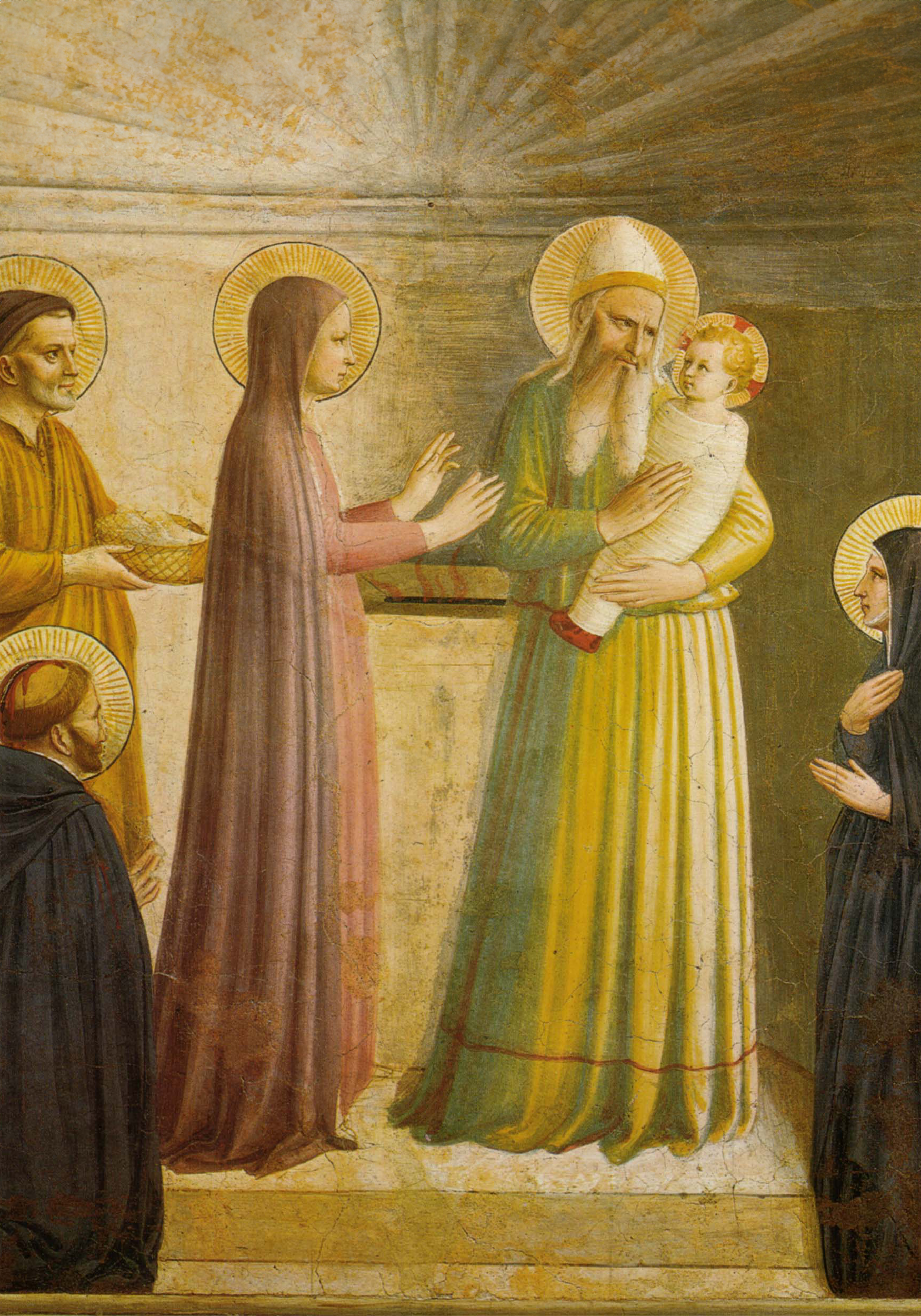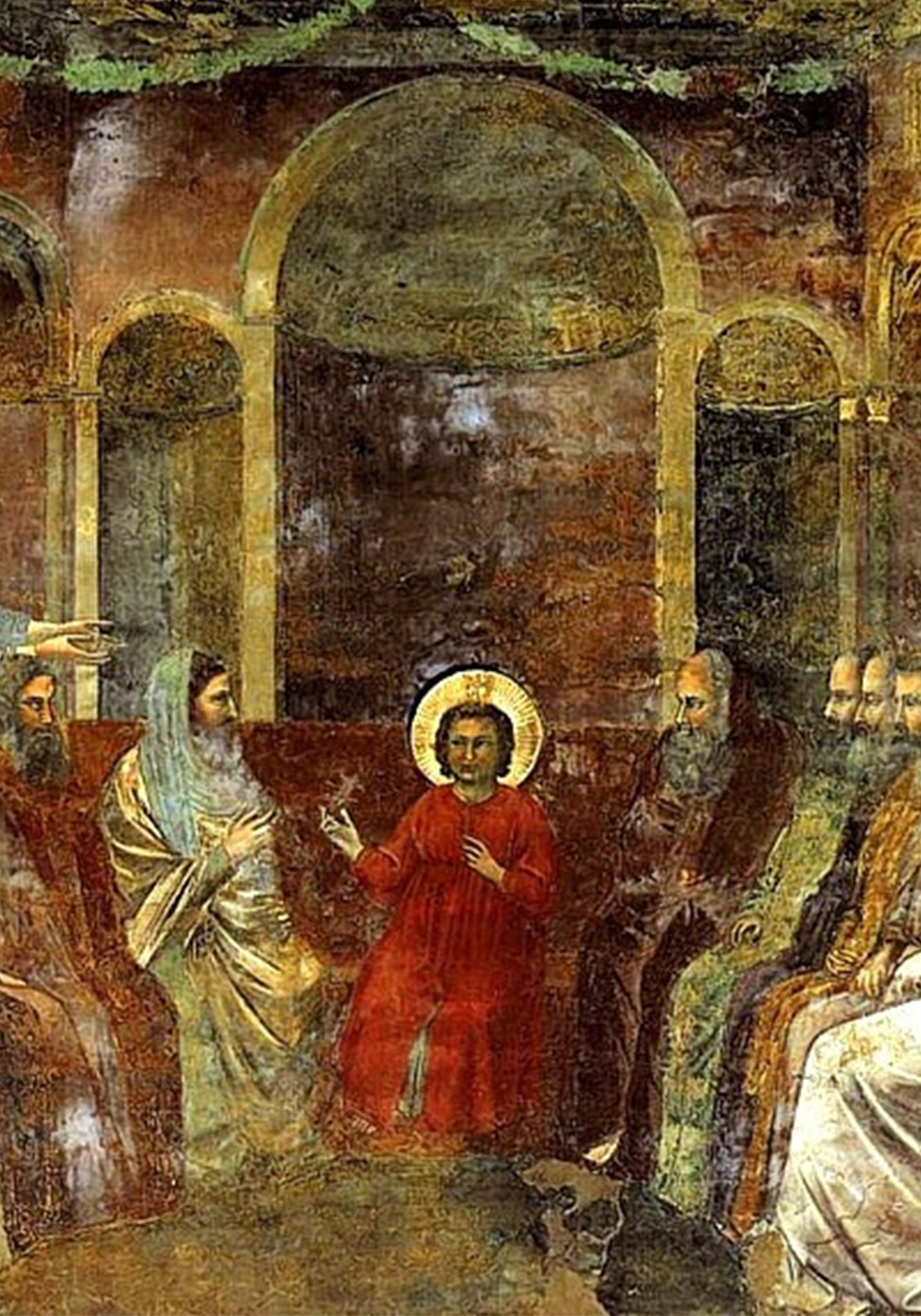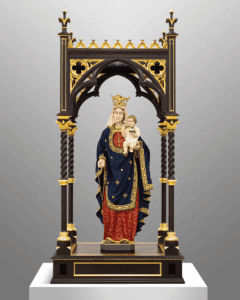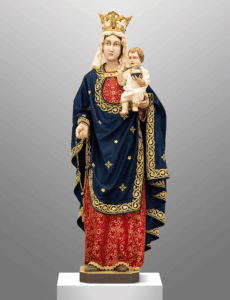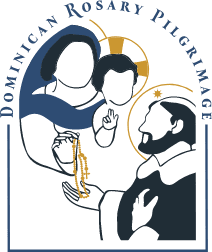Many of the Christmas carols familiar to us come from the English and German/Austrian traditions. Think of “Hark! The Herald Angels Sing,” “Joy to the World,” which are traditional English carols; “Silent Night,” and “Lo, How a Rose E’er Blooming,” from the Germanic tradition.
The Italians, on the other hand, do not have a grand repertoire. The most famous, traditional, Italian carol was penned by St. Alphonsus Liguori, the founder of the Redemptorists and the patron saint of moral theologians, in the 1730s, and is entitled “Tu scendi dalle stelle,” “O You who Come Down from the Stars.”
Like so many Christmas carols, Liguori’s song sets the scene of the Nativity in the darkness and cold of winter: “You come down from the stars, / O King of Heaven. / And settle in a cave of cold and ice.” Into this concrete picture, the mystery at hand is also named: “O Bambino, mio Divino,” “O little baby, my Divine one.” The child of Bethlehem, shivering in the cold, is none other than God himself.
And like the best carols, the emotions of the moment are also highlighted: “When I see you there shivering, / O how much did it cost you to love me!” The affective response of any human being to a tiny baby, cold and in a cave, is one of compassion, but here, the believer is led to amazement at the love of God Incarnate, shivering in the cold, as a sign of the love God has for his Creation in sending his Son.
Over the centuries, the Christian imagination has generated countless forms of contemplative exercises to allow the mind and heart of the believer to enter into the mysteries of the Faith, not merely as abstractions, but in concrete, historical moments wherein the eternal God reveals himself.
The mystery of the Incarnation, celebrated at Christmas, but meditated upon continually throughout the year in the Joyful Mysteries of the Rosary, comes alive in these contemplative moments given to us by the Christian imagination. In them, we see that the point of the Christian life is not just doing good and avoiding evil; it is not just making sure to follow the rules, and to do “Catholic things.” It is, rather, to allow the life of God, the God whose infinity was dwindled to infancy in the Bambino of Bethlehem, to become our life.
In order to make this possible, the eternal and all-powerful God takes on the humility and poverty of his Creation, to bring it into maturity and the richness of eternal life. The Italian carol’s last verse speaks of Christ as the “Caro eletto pargoletto,” that is, the “dear and chosen kiddo.” That is, the Eternal Son, who sits at the right hand of the Father in majesty, becomes a rugrat. It goes on to exclaim: “How this, your poverty, makes me love you even more, / since love has made you still poorer.” In the Incarnation, Christ loses nothing of who and what he is as God, but he takes on our human nature, lowering himself to his Creation.
As St. Paul writes to the Corinthians: “though he was rich, yet for your sake he became poor, so that by his poverty you might become rich” (2 Cor. 8:9). The poverty of Christ, so beautifully sung by this carol, has its goal not just the manifestation of God’s love for us, but that, as God takes on our human nature in the Incarnation, we might come to take on his nature in the Redemption. The liturgy of the Christmas season often speaks of the “wonderful exchange” that happens when God becomes man so that man might become divine. We might better speak of it as the “wonderful bargain”: God takes on our limited and sinful humanity and we get his eternal and divine life.
Our celebration of Christmas, and our meditation on the Incarnation throughout the year in the recitation of the Rosary, then, are moments where we experience the historical reality of the one who “came down from the stars” to manifest his love for us in his poverty. Our hope is that by allowing this reality to take over our minds and hearts, we might, in the company of the Virgin Mary, allow there to be, as the poet Gerard Manley Hopkins wrote,
New Nazareths in us, Where she shall yet conceive Him, morning, noon, and eve; New Bethlems, and he born There, evening, noon, and morn.
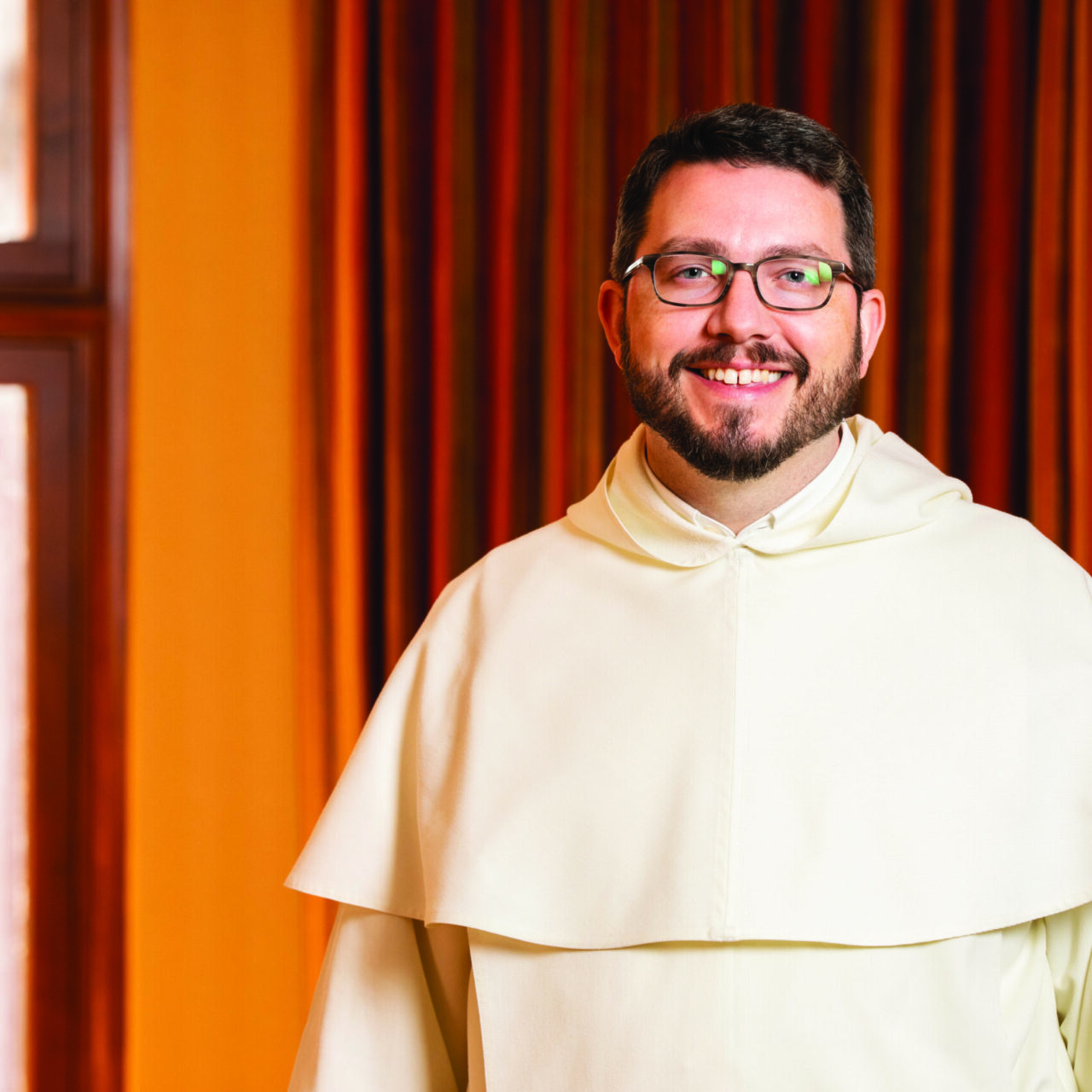
Written by Fr. Austin Litke, O.P.
Fr. Austin was the principal preacher at the 2025 Dominican Rosary Pilgrimage. He was ordained a priest in 2011 and has served as chaplain to patients at Sloan Kettering Memorial Cancer Hospital in New York city as well as to students at New York University. He earned a doctorate in Patristic Theology from the Pontifical Patristics Institute of the Lateran University in Rome and has taught at the Pontifical University of St. Thomas (the Angelicum) in Rome as well as the Dominican House of Studies in Washington, DC. He is currently a professor in the Department of Catholic Studies at the University of St. Thomas in St. Paul, Minnesota. This Fall, he will move to Rome to teach at the Angelicum. Fr. Austin is a member of the Hillbilly Thomists.
